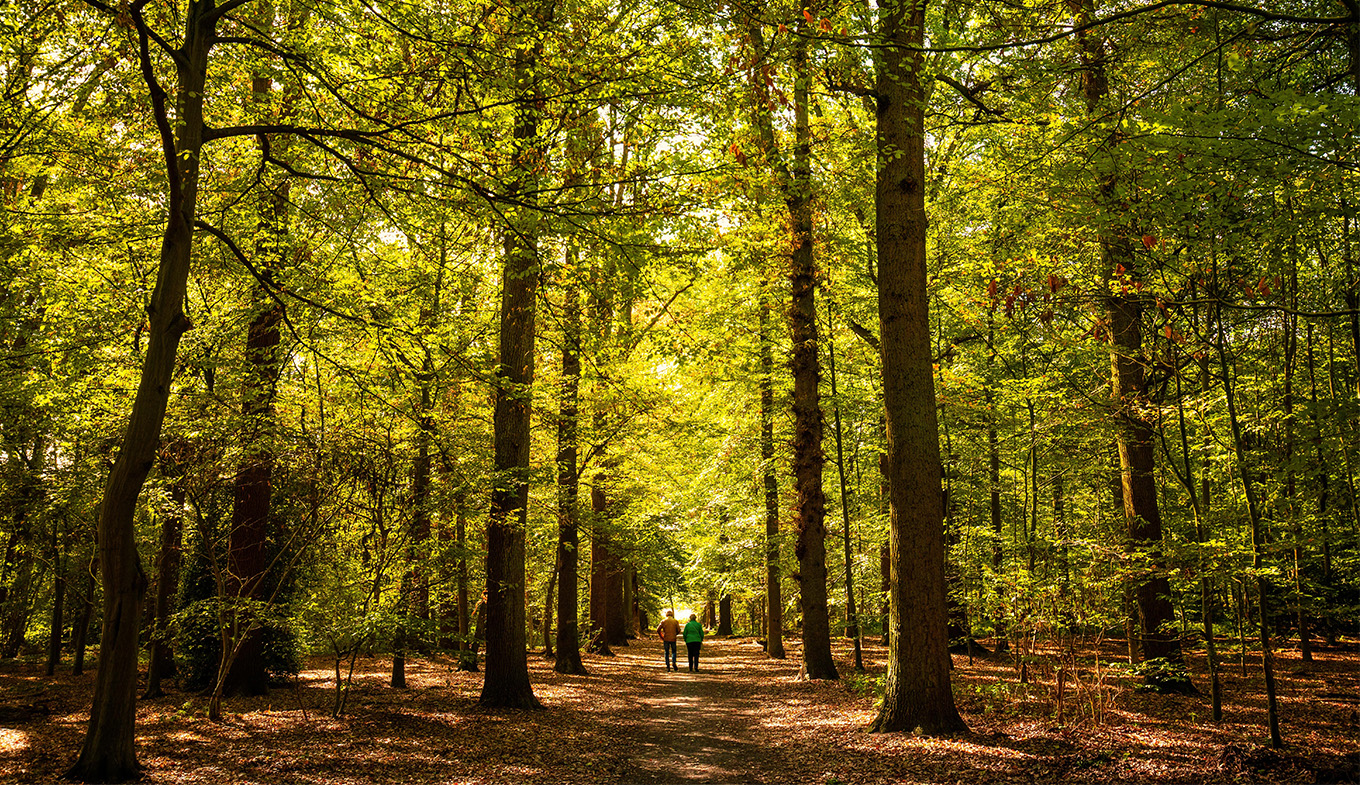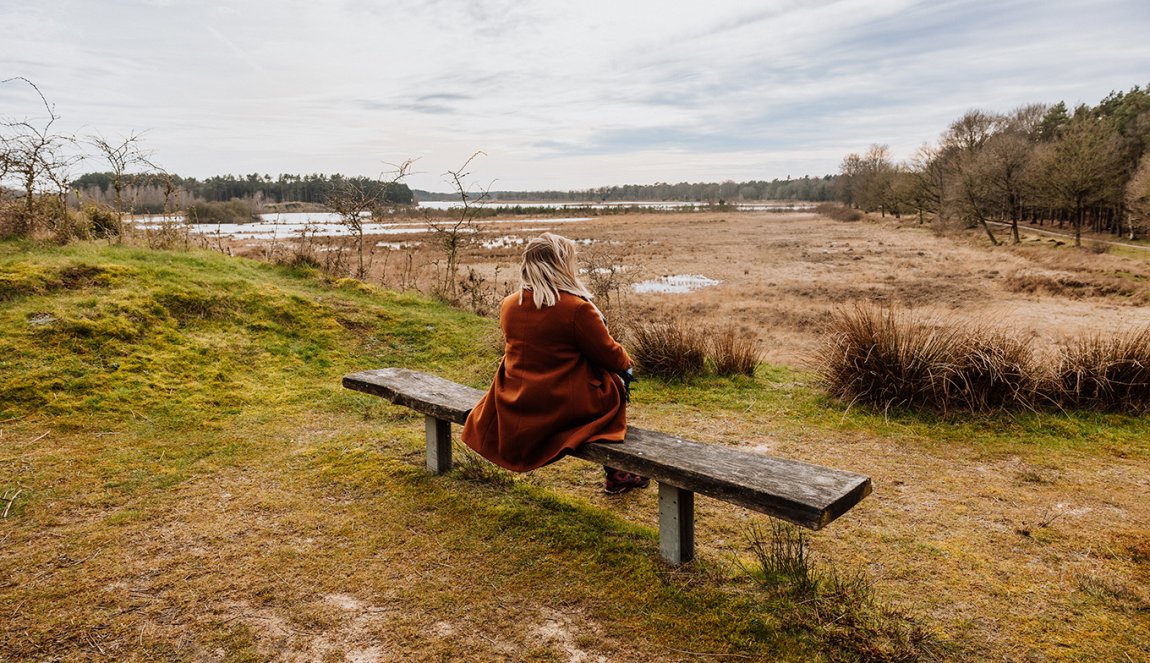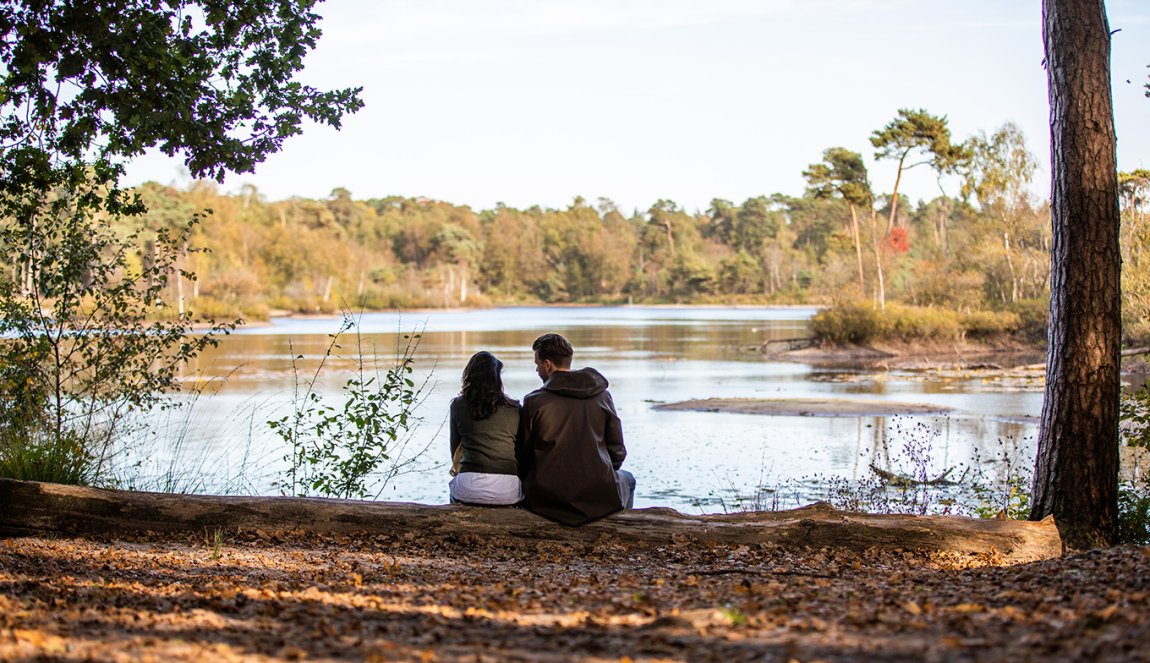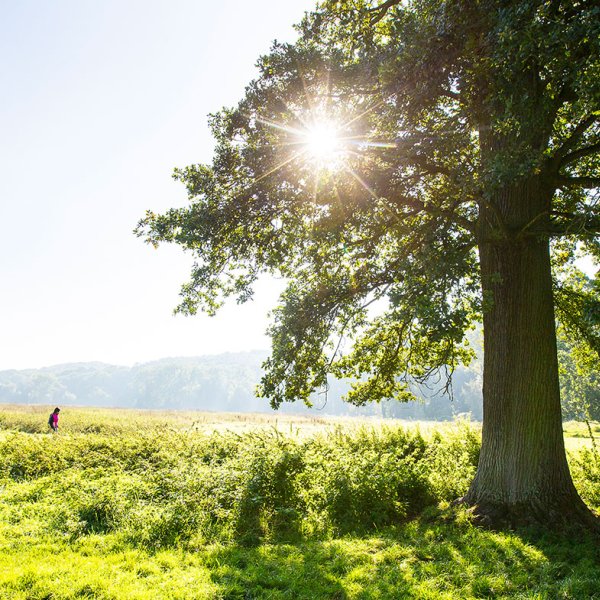
Van Gogh National Park
Vincent van Gogh was born in Zundert, a town in the Dutch province of North Brabant. The iconic artist spent a significant portion of his early life in this rural setting and was inspired by the Brabant landscape. It is here, at the source of his artistic talent, that you will find Van Gogh National Park. The park encompasses a varied region with fluid borders, where you will find streams and vast nature reserves, but also farmland, country estates and views of charming towns and villages.
- Follow in Vincent van Gogh’s footsteps.
- Explore the inspirational beauty of the Brabant landscape.
- Discover a high level of biodiversity.
The Brabant landscape

The Brabant landscape is characterised by its natural beauty. It is known for its vast fields and the transitions between high and low, wet and dry, forests and fens. This makes the Van Gogh National Park incredibly varied. There are stream valleys that connect several nature reserves and zones, and alongside these valleys are meadows that are of great ecological value. All this forms the characteristic landscape of Van Gogh National Park.
In the eastern part of the park, the subsoil is covered in a layer of loam, perfect for wet loam forests and poplars. The Brabant natural landscape is also characterised by open heaths and fens on sand ridges. You will find areas such as the huge sand drifts of Loonse en Drunense Duinen, the moorland of Kampina and the hunting forest landscape of Barony of Breda. The Brabant landscape is steeped in culture and history and picturesque villages with old farms, churches and windmills contribute to the unique character of the landscape. The preservation of this cultural landscape is of great importance, as it reflects the bond between man and nature.
Vincent Van Gogh

Van Gogh found beauty in the simple, commonplace elements of the Brabant landscape. He was fascinated by the way light and colour transformed the landscape and experimented with different colour palettes to capture the brilliance of sunsets, the changing seasons and reflections in the water. The Brabant landscape gave him a canvas to carry out his creative exploration using colour and light. Nature evoked strong emotions in Van Gogh. He considered it a place of peace and reflection, but also of loneliness and melancholy. This emotional charge found its way into many of his paintings, in which he expressed his inner feelings through his depictions of landscapes. Van Gogh felt a deep connection with nature and the landscape around him. He believed that nature was a source of comfort and inspiration, and he often painted outdoors to capture the immediate experience of the landscape.
A high level of biodiversity

Due to the diverse landscape of the Van Gogh National Park, the area is the perfect environment for a great variety of animals and insects. Inhabitants of the park include cranes, stone martens, pine martens, storks, beavers, otters, wolves, wild cats, white-tailed eagles and ospreys, red- and black-shouldered kites and wild boars. It is also home to the Moergestels Broek nature reserve, one of the most valuable meadow bird regions in Brabant, where you can spot black-tailed godwits, lapwings and other meadow birds.
Van Gogh National Park offers a well-balanced mix of rural tranquillity, natural splendour, cultural heritage and historical elements. Seen through the eyes of Vincent Van Gogh, the Brabant landscape offers a picturesque combination of vast fields, forests and rivers crisscrossed by winding paths and surrounded by traditional villages. Open plains provide space for a variety of woodlands and nature reserves that are home to diverse flora and fauna. Historic farms, churches and mills add charm to the landscape. Escape the hustle and bustle of everyday life and retreat to the calm and serenity of the countryside, where you can relax and connect with nature.
